Frame Repair Certification: Pathway to Skilled Technician Careers

Skilled technicians seeking to specialize in frame repair can obtain certifications through reputabl…….
Welcome to an comprehensive guide delving into the world of frame repair certification, a crucial aspect of ensuring structural integrity and safety in various industries. This article aims to equip readers with a thorough understanding of this certification process, its global impact, and the many factors that influence it. From historical roots to cutting-edge technologies, we will explore how frame repair certification shapes industries and communities worldwide. By the end, you’ll grasp its significance and the complex web of considerations that surround it.
Definition: Frame repair certification refers to a specialized accreditation process designed to validate the competence and expertise of professionals engaged in repairing or restoring structural frames. These frames can be found in buildings, bridges, vehicles, machinery, and more, forming the backbone of our physical infrastructure.
Core Components:
Training and Education: Certification candidates must complete rigorous training programs covering a wide range of topics, including structural analysis, repair techniques, safety protocols, and industry standards. These programs ensure that practitioners possess the necessary knowledge to handle complex frame repairs.
Practical Assessment: Practical skills are evaluated through hands-on assessments, where individuals demonstrate their ability to identify issues, select appropriate repair methods, and execute them effectively. This ensures practitioners can apply theoretical knowledge in real-world scenarios.
Written Exams: Theoretical knowledge is assessed through comprehensive written exams, often encompassing various aspects of frame repair, including materials science, structural design principles, and code compliance.
Experience Requirements: To gain certification, candidates typically need to have accumulated a certain level of practical experience in frame repair or related fields. This ensures that practitioners have encountered diverse challenges and gained valuable insights.
Historical Context: The concept of structured training and certification for trades, including frame repair, has roots dating back centuries. Ancient societies developed apprenticeships and mentorship programs, passing down skills and knowledge across generations. However, the modern certification system, as we know it today, emerged in the mid-20th century with increasing industrialization and a growing need for standardized quality control.
Frame repair certification has transcended geographical boundaries, leaving an indelible mark on industries worldwide. Its influence is evident across diverse regions, each adopting and adapting the concept to suit local needs and challenges.
North America: The United States and Canada have well-established frame repair certification programs, with organizations like the International Association of Certified Structural Inspectors (IACSI) setting standards and conducting examinations. These programs ensure a uniform level of competence among professionals, enhancing public safety and structural integrity.
Europe: European countries have also embraced frame repair certification, often aligning their standards with those set by international bodies. For instance, the European Committee for Standardization (CEN) plays a crucial role in developing harmonized standards for construction-related fields, including frame repair.
Asia Pacific: This region is witnessing rapid urbanization and infrastructure development, leading to an increased demand for qualified frame repair specialists. Countries like Japan and Australia have robust certification programs, while others are introducing standardized assessments to meet the growing need for skilled labor.
Middle East and Africa: With significant construction projects in these regions, there’s a rising emphasis on professional development. Some countries have adopted international standards, while others are creating local frameworks to ensure quality control in frame repair practices.
The economic implications of frame repair certification are profound, impacting industries, businesses, and governments worldwide.
Market Dynamics: The demand for certified frame repair professionals is driven by factors such as infrastructure aging, natural disasters, and rapid urban development. As structures grow in complexity, the need for specialized expertise increases, creating a thriving market for certified services.
Investment Patterns: Governments and private investors alike recognize the importance of structural integrity, leading to substantial investments in certification programs and training facilities. These investments not only enhance safety but also ensure long-term cost savings by preventing catastrophic failures.
Economic Impact: Certified frame repair specialists contribute to a robust economy by participating in critical infrastructure projects. Their expertise ensures the longevity and resilience of buildings, bridges, and other structures, reducing maintenance costs over time.
Technology plays a pivotal role in shaping the future of frame repair certification, offering innovative solutions and enhancing traditional practices.
Digital Modeling and Simulation: Advanced computer-aided design (CAD) software and finite element analysis (FEA) tools enable practitioners to create detailed digital models of structures. This technology aids in identifying potential weaknesses and designing tailored repair strategies, improving efficiency and accuracy.
Drones and Remote Sensing: Unmanned Aerial Vehicles (UAVs), or drones, equipped with high-resolution cameras and sensors, are revolutionizing inspection practices. They provide bird’s-eye views and detailed data of hard-to-reach areas, allowing for faster and more comprehensive assessments.
Advanced Materials: The development of new materials, such as carbon fiber composites and advanced polymers, offers lightweight, durable alternatives to traditional building materials. These innovations require specialized repair techniques, creating a demand for updated training programs.
Artificial Intelligence (AI) and Machine Learning: AI-powered systems can analyze vast amounts of structural data, predict failure points, and suggest optimal repair methods. While still emerging, these technologies hold the potential to streamline certification processes and enhance decision-making during repairs.
The landscape of frame repair certification is shaped by a web of policies, regulations, and legislative frameworks that vary across jurisdictions. These measures ensure safety standards and promote professional development.
International Standards: Organizations like the International Organization for Standardization (ISO) and the American National Standards Institute (ANSI) develop voluntary standards that countries can adopt or use as guidelines for their certification programs. Examples include ISO 17024 for personnel certification and ANSI/ASHRAE for structural integrity.
National Regulations: Many countries have implemented mandatory regulations, requiring frame repair work to be performed by certified professionals. These regulations ensure compliance with safety standards and promote accountability. For instance, the United Kingdom’s Health and Safety Executive (HSE) sets guidelines for construction-related activities, including frame repairs.
Local By-laws and Building Codes: Local authorities often enforce building codes and by-laws that dictate minimum requirements for structural repair and maintenance. These regulations align with national standards, ensuring local compliance.
Licensing and Registration: Some jurisdictions require frame repair specialists to obtain licenses or register with relevant authorities. This process involves background checks, continuing education, and adherence to ethical guidelines, enhancing public trust.
Despite its numerous benefits, the frame repair certification process faces several challenges and criticisms that merit attention. Addressing these issues is essential for maintaining the integrity of the system and ensuring public safety.
Skill Obsolescence: As technology advances, certain traditional repair techniques may become obsolete. Certifying bodies must stay agile, regularly updating their training curricula to reflect emerging trends and best practices. Regular updates ensure practitioners remain skilled in relevant, modern methods.
Geographical Accessibility: In remote or developing regions, access to quality training and certification programs might be limited. This disparity can lead to a lack of qualified professionals in these areas, creating safety concerns. Addressing this challenge requires targeted initiatives and partnerships to bring certification programs to underserved communities.
Cost and Affordability: Certification programs often involve significant costs, including training fees, practical assessments, and examination charges. These expenses may deter individuals from pursuing certification, especially in regions with limited economic opportunities. Offering financial aid or scholarship programs could encourage more people to pursue this essential training.
Enforcement and Accountability: Ensuring compliance with certification requirements can be challenging, particularly in informal sectors or regions with weak enforcement mechanisms. Stricter regulations, regular audits, and penalties for non-compliance can enhance accountability and deter substandard practices.
Let’s explore a few case studies that demonstrate the practical application of frame repair certification and its positive impact.
Case Study 1: The Great Eastern Hurricane (2017) – Bahamas: Following a devastating hurricane, the Bahamas faced the monumental task of repairing coastal infrastructure. Certified frame repair specialists played a crucial role in assessing and restoring damaged buildings, bridges, and lifeguards towers. Their expertise ensured that structures were safe for occupation, contributing to the community’s recovery and resilience.
Case Study 2: Tokyo Metro Line Extension – Japan: The expansion of Tokyo’s subway system required intricate structural repairs and modifications. Certified professionals meticulously assessed existing frames, designed repair solutions, and implemented them with precision. This project showcased the importance of certification in ensuring public safety and the successful completion of major infrastructure endeavors.
Case Study 3: Historic Bridge Restoration – USA: A historic bridge in a rural community was in need of extensive restoration. Certified frame repair specialists were engaged to preserve its structural integrity while meeting modern safety standards. Through their expertise, the bridge was restored to its former glory, becoming a testament to cultural heritage and sustainable infrastructure practices.
The future of frame repair certification is filled with promising possibilities, driven by technological advancements, growing demand, and evolving industry needs.
Emerging Technologies: As technology continues to evolve, AR (Augmented Reality) and VR (Virtual Reality) training modules may become prevalent, offering immersive learning experiences. AI-driven assessment tools could revolutionize practical evaluations, providing instant feedback and performance analytics.
Specialized Certifications: With increasing complexity in infrastructure, specialized certifications for areas like historic preservation or sustainable construction practices might gain traction. These credentials would equip professionals with niche skills, catering to specific industry demands.
Global Standardization: Efforts to harmonize certification standards across borders could lead to greater international cooperation and recognition. This standardization would facilitate the movement of skilled labor and enhance project management in global infrastructure projects.
Digital Twin Technology: The development of digital twins for structures could revolutionize frame repair practices. These virtual representations, updated with real-time data, enable professionals to plan repairs, monitor progress, and predict structural behavior.
Frame repair certification stands as a cornerstone in ensuring the safety and longevity of our built environment. Its global impact is undeniable, shaping industries, fostering professional development, and enhancing public trust. As we navigate an ever-changing landscape, the need for skilled, certified practitioners will only grow.
By addressing challenges, embracing technological advancements, and staying responsive to regulatory changes, the frame repair certification process can continue to evolve and adapt. The future holds immense potential for innovation, making this field an exciting and critical component of our modern infrastructure.
Q: How do I become a certified frame repair specialist?
A: To obtain certification, you typically need to complete an approved training program, pass written exams, and demonstrate practical skills through assessments. Requirements may vary by region, so research the specific certification body in your area for detailed guidelines.
Q: Are there any benefits to being certified?
A: Absolutely! Certification ensures a standardized level of competence, enhancing your credibility as a professional. It opens doors to diverse career opportunities, facilitates project management roles, and can lead to higher earning potential.
Q: How often do certification programs need to be updated?
A: Certification bodies should regularly review and update their programs to incorporate new technologies, techniques, and industry standards. Recommended updates may occur every 2-5 years, ensuring practitioners stay current with best practices.
Q: Can I pursue certification if I don’t have a construction background?
A: While a construction or engineering background can be beneficial, many certification programs welcome individuals from various fields. Training courses often provide a comprehensive introduction to the fundamentals of frame repair, making them accessible to newcomers.
Q: What role do certifications play in ensuring public safety?
A: Certifications ensure that professionals handling critical infrastructure repairs possess the necessary skills and knowledge. This reduces the risk of structural failures, protecting public safety and well-being, especially in high-risk areas like coastal regions or earthquake-prone zones.

Skilled technicians seeking to specialize in frame repair can obtain certifications through reputabl…….

Prospective frame repair technicians should align their training with industry standards, focusing o…….

In a competitive automotive market, frame repair certification builds customer trust by demonstratin…….
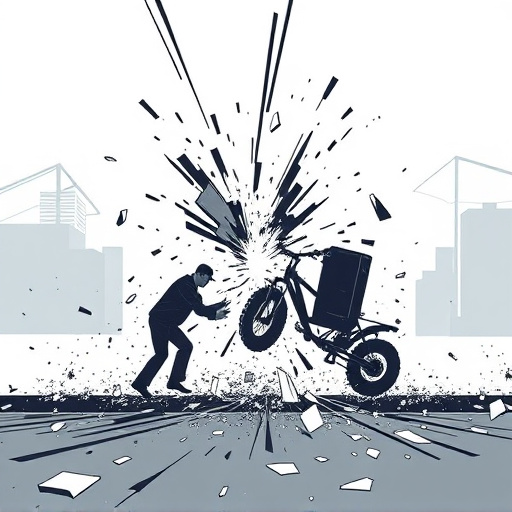
Frame repair certification bodies are crucial in the automotive industry, setting and enforcing qual…….
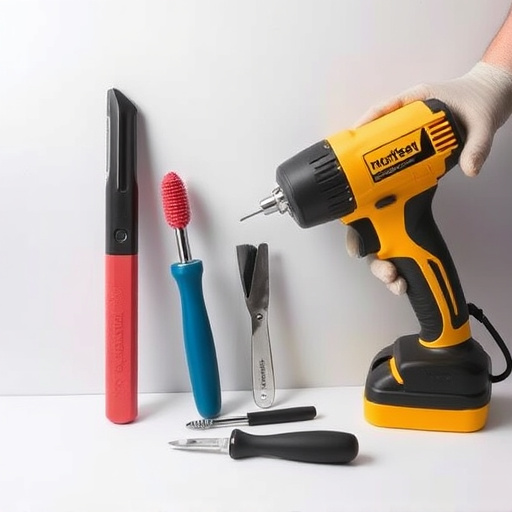
The growing trend of customized and repurposed furniture boosts demand for skilled frame repair prof…….
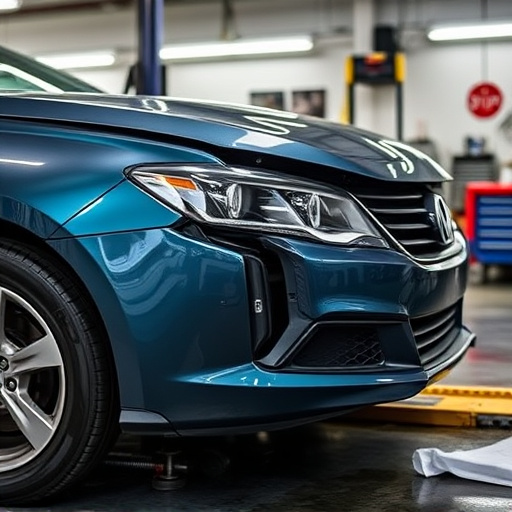
The cost of frame repair certification varies, averaging $300-$1000, depending on program length, lo…….
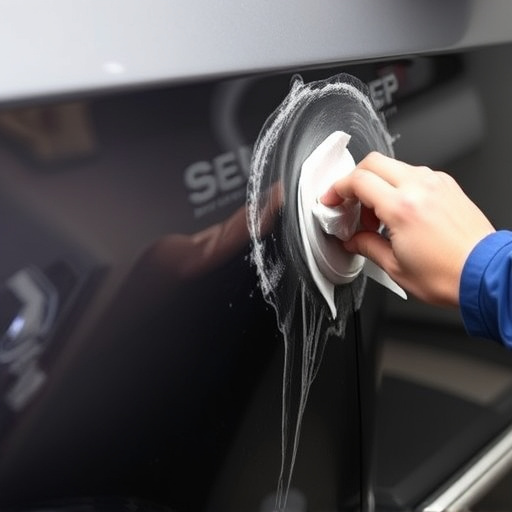
Frame repair certification varies widely across US states, leading to inconsistent quality and safet…….
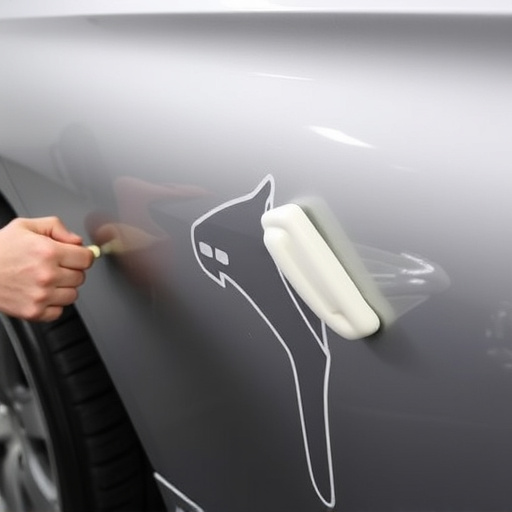
Understanding regional standards is key before pursuing frame repair certification. Programs include…….

Frame repair certification requirements vary widely across US states due to economic and regulatory…….